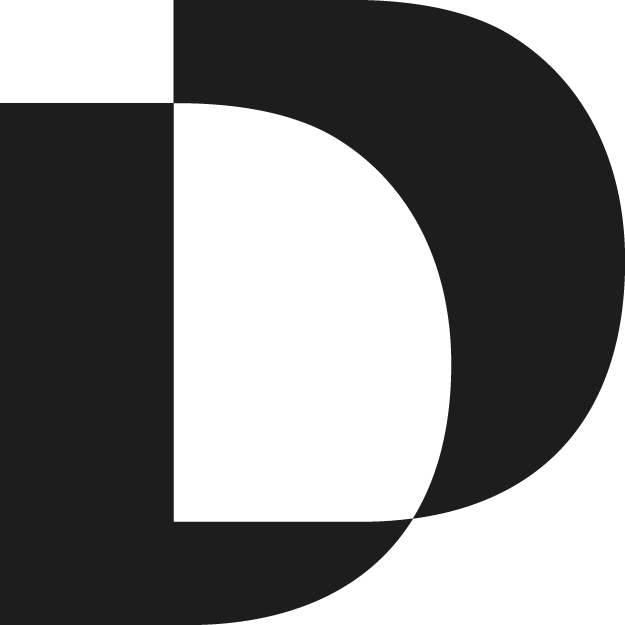Saber what is a PDC is the first step to understand how this platform can change your life (professionally, the rest is up to you 😉).
In our world of digital marketingwhere the personalisation and the customer experience are essential, efficient data management has become critical to the success of any strategy. This is where the Customer Data Platform (CDP)a tool designed to centralise and optimise the way companies collect, analyse and use customer data.
A few months ago I told you about the problem between personalisation and automation. Well, this tool can solve it.
After all, as consumer expectations grow, businesses need solutions that enable them to deliver more personalised and relevant experiences across all touchpoints.
In this article, we will explore in depth what is a PDChow it works and why it has become an indispensable resource for the data-driven marketing strategies.
If you're looking for ways to improve the performance of your campaigns and strengthen your relationship with your customers, read on to find out how a PDC can make a difference to your business.
What is a PDC? Definition and concept

Let's start at the beginning. A Customer Data Platform (CDP), o customer data platform in Spanish, is a technological tool that allows the collection, organisation and unification of customer data from various sources in a single centralised database.
In contrast to other data management platforms, a PDC is specifically designed to provide a complete and detailed overview of each clientThis allows companies and their professionals to make more informed decisions and personalise their marketing strategies.
The main characteristic of a PDC is its ability to consolidating structured and unstructured datasuch as demographic information, purchase history, social media interactions and website behaviour. All of this translates into unique customer profilesThe data is accessible and usable by other marketing, sales and customer service systems.
In short, a PDC acts as the core of the data-driven marketingThe new service, providing companies with a solid foundation to better understand their customers, anticipate their needs and improve their experience in a holistic way.
But, then, whatwhat a PDC is for And how can it transform the way your company manages customer data? Don't worry, I'll tell you now.
What is a PDC for? Main functions

A Customer Data Platform (CDP) is primarily aimed at helping companies to manage your customer data more efficientlyenabling them to deliver personalised, data-driven experiences.
For the sake of completeness, I have compiled the main functions of a PDC and how these can benefit your business:
1. Unifying data from multiple sources
One of the main functionalities of a CDP is its ability to collect data from various sourcessuch as CRM, e-commerce systems, social media, mobile applications, Excels with customer lists, etc.
This data is combined in one place, eliminating information silos and facilitating a holistic view of the customer.
2. Advanced customer segmentation
The PDC allows create specific segments based on customer behaviour, preferences or demographic characteristics.
For example, you can identify users who have abandoned shopping carts or those who are more likely to make repeat purchases.
This segmentation is key to run more effective campaignswhether it be paid, email-marketing, UX/UI improvements, etc.
3. Personalisation of marketing campaigns
Thanks to the detailed customer profiles it generates, CDP facilitates the personalisation of messages and offers in real time.. You will be able to change the message and the offer your customer sees based on their previous behaviour (as long as you have that data).
This increases the relevance of the campaigns and significantly improves the conversion rates.
4. Automation and data activation
A PDC not only stores data, but also activates them by means of integrations with marketing and advertising tools.
For example, you can use the data to automate personalised emails, targeted ads on different platforms or push notifications.
5. Detailed analysis and reporting
The PDC allows you to generate reports based on updated dataThe new system provides insights into customer behaviour, campaign performance and opportunities for improvement. This helps to make more strategic and informed decisions.
6. Improving the customer experience
By centralising and optimising the use of data, an CDP helps to create more seamless and consistent experiences across all touch points.The aim is to strengthen the relationship with customers and foster customer loyalty.
In short, a CDP is a crucial tool for the future because it not only organises data, but also turns it into a strategic resource. to improve customer interaction and optimise marketing strategies.
Benefits of using a CDP in your company

Implementing a Customer Data Platform (CDP) in your business can make a big difference in how you manage your customer relationships and optimise your marketing strategies.
Here are the main benefits that this tool can bring to your company:
1. Improving customer experience
I mentioned it in the functions, but it is also a key advantage. A PDC allows to offer more personalised and consistent interactions at all points of contactfrom emails to social media to customer service.
By getting to know your customers better, you can anticipate their needs and exceed their expectations, strengthening their fidelity to your brand. Improving the customer experience is the foundation that underpins the entire PDC.
2. Increased effectiveness of marketing campaigns
Thanks to the unified and segmented dataWith a more relevant and targeted campaign, you can run more relevant and targeted campaigns for specific audiences.
This is not only improves conversion rates, but also reduces wasted resources on generic or poorly targeted campaigns. Often, a lot of resources are wasted in the learning phases of campaigns. Thanks to the PDCWe can reduce this learning time.
3. Reducing data silos
Fundamental. The reduction of data silos is key because it allows global work with all
A PDC centralises all customer information in one place, eliminating barriers between departments such as marketing, sales and customer service. This fosters more efficient collaboration and ensures that everyone works with the same up-to-date data.
4. Optimising return on investment (ROI)
The capacity to measuring and analysing data in real time helps identify which strategies work best and which need to be adjusted. This allows you to maximise the impact of your marketing investments and improve the profitability of your campaigns.
The optimising return on investment is another key benefit we can achieve by understanding what is a PDC.
5. Compliance with privacy regulations
With increasing regulations on data protectionas the GDPR in the European Union or the CCPA in the United States, a PDC facilitates the consent management and regulatory compliance.
This not only protects your company from potential fines, but also strengthens customers' trust in your brand.
6. Scalability and flexibility
A PDC can grow with your business. As you add new communication channels or increase the volume of customers, the platform can adapt to your needs without compromising the quality of data management.
The PDC is scalable and flexible enough to meet the needs of your business.
7. Deeper Insights and Data Driven Decisions
The detailed analysis provided by a PDC allows you to better understand your customers and make more informed decisions.
From detect patterns of behaviour up to identify cross-selling opportunities, the possibilities are endless.
Differences between a CDP and other data platforms (CRM, DMP, etc.)

Although the data management tools as the CRM (Customer Relationship Management) and the DMP (Data Management Platform) share certain similarities with the PDChave fundamental differences that make each serve a specific purpose.
Below, I discuss these key differences to understand why a PDC is unique and when it is the most appropriate choice.
1. CDP vs. CRM (Customer Relationship Management)
| Aspect | PDC | CRM |
| Managed data | It collects data from multiple sources, both structured and unstructured. | It mainly manages structured data related to existing customers. |
| Approach | Integrated customer insight for marketing and personalisation. | Focus on relationship management and sales follow-up. |
| Usability | Compatible with marketing, sales and customer service. | Primarily for sales and customer service teams. |
A CDP focuses on unifying all customer data for personalisation and analysis, while a CRM focuses more on managing interactions with known customers, such as sales follow-up and support.
2. CDP vs. DMP (Data Management Platform)
| Aspect | PDC | DMP |
| Origin of the data | Manages first-party data of identified customers. | It manages anonymous data (third-party data) for advertising campaigns. |
| Duration of data | Stores long-term data. | Manages temporal data for specific campaigns. |
| Personalisation | It allows you to create detailed profiles and personalised campaigns. | Useful for mass targeting in programmatic advertising. |
While a DMP is primarily used for advertising campaigns and anonymous targeting, a PDC works with proprietary data to build deeper and longer lasting relationships with customers.
3. CDP vs. traditional analytical tools
Although a PDC includes analytics capabilities, goes beyond traditional analytics tools such as Google Analyticswhich only provide aggregated data on user behaviour.
A PDC creates individual profiles and enables data to be activated in personalised campaigns.
| Aspect | PDC | Traditional analytics |
| Capacities | Unification, segmentation and activation. | Aggregate analysis and reporting. |
| Results | Personalisation and actionable strategies. | General insights for site optimisation. |
Which one to choose for your company?
The choice between a CDP, a CRM or a DMP depends on your business objectives:
- If you need improving the relationship with existing customersa CRM is ideal.
- To large-scale ad targetinga DMP is the right tool.
- If you are looking for a complete view of the customer and advanced personalisationThe CDP is the most complete solution.
How does a PDC work? Processes and technologies

The Customer Data Platform (CDP) operates as an end-to-end technology solution designed to manage customer data efficiently and effectively.
It works on the basis of several key processes that enable data collection, integration and activation. Here is how they work how a PDC works and the technologies that make it possible:
Data collection
The first step in the operation of a PDC is the data collection from multiple sources. These include websites and mobile apps, social media platforms, CRM, ERP and e-commerce systems, and physical point-of-sale (POS) interactions.
The PDC collects both structured data (such as names and e-mails) as well as unstructured (such as browsing behaviour or real-time interactions).
2. Data cleansing and normalisation
Once collected, the data goes through a process of debugging and standardisation. This includes eliminating duplicates, correcting inconsistencies and standardising data formats.
This step ensures that the data is accurate, up-to-date and ready for analysis and activation.
3. Creation of unique customer profiles
The PDC uses advanced technologies, such as machine learning e user identificationto unify all data points into a single data point. customer profile.
These profiles include personal information (age, gender, location), purchase history, behaviour on digital channels, preferences and predictive data such as conversion probability.
These profiles are accessible in real time, allowing companies to make faster, data-driven decisions.
4. Audience segmentation
With the profiles created, the CDP allows segmenting customers into groups based on specific characteristics, such as frequent customers, inactive users or those interested in specific products.
The advanced segmentation facilitates personalisation of messages and offers, improving the relevance of campaigns.
5. Data activation
The PDC not only organises data; it also activates it. This means it can integrate and send data to marketing tools such as email marketing platforms, social media management systems, e-commerce recommendation engines and programmatic advertising platforms.
Thanks to these integrations, the PDC allows you to run customised campaigns in real time and measure their impact accurately.
6. Analysis and measurement
Finally, a PDC provides detailed reports on customer behaviour and campaign performance. These metrics help identify patterns, optimise strategies and uncover new business opportunities.
Key technologies behind a CDP
The operation of a CDP relies on advanced technologies such as Big Data to process large volumes of data in real time, Machine Learning to identify patterns and make predictions based on historical data, API (Application Programming Interface) to integrate with other tools and platforms, and Cloud Computing to ensure scalability and global accessibility.
A PDC is, in essence, the bridge between raw data and strategic actions. Its ability to process and activate data in real time makes it a must-have tool for companies looking to stand out in a competitive environment.
Why should you consider a CDP for your company?

In an increasingly data-driven world, a Customer Data Platform (CDP) has become an indispensable tool for companies looking to deliver personalised experiences, optimise their marketing strategies and stay competitive in the marketplace.
A PDC not only allows you to centralise and organise your customer data, but also activates this information to create more effective and relevant campaigns.
Moreover, in an environment where the data privacy is fundamental, the PDC help to comply with regulations and build stronger and more transparent relationships with customers.
Key reasons for implementing a CDP:
- It provides a holistic view of customers by unifying data from multiple sources.
- Improves personalisation of messages and campaigns, increasing conversion and loyalty.
- Facilitates cross-departmental collaboration by eliminating data silos.
- It provides valuable insights to make data-driven strategic decisions.
- Ensures compliance with privacy and data security regulations.
Regardless of the size of your business or industry, a PDC can help you transform the way you manage data and connect with your customers. It's an investment that not only improves the performance of your existing strategies, but also lays the foundations for long-term sustainable growth.
If your goal is to maximise the potential of your customer data and differentiate yourself in a competitive marketplace, now is the time to explore the possibilities that a PDC can offer your company.





